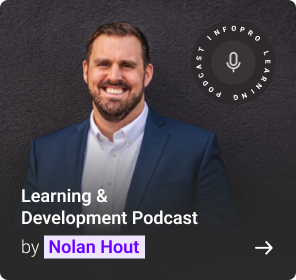A Gartner survey revealed that 56% of executives feel their organizations are not adequately prepared to adjust to rapidly changing market conditions, highlighting the importance of strong strategic planning frameworks.
The Need
In today’s complex and rapidly evolving business landscape, executive leadership capabilities represent the critical differentiator between organizational success and stagnation. Executives must prioritize long-term objectives while maintaining the agility to adapt as needed. Mastering and implementing strategic planning frameworks is essential for navigating today’s volatile business environment and ensuring sustained success.

Core Components of the Executive Leadership Strategy Framework
An executive leadership framework typically includes categories focused on strategic thinking, communication, people development, operational excellence, and ethical decision-making; essentially encompassing the ability to set a clear vision, effectively communicate it to the team, foster employee growth, manage operations efficiently, and always act with integrity.

This framework provides a systematic yet flexible approach to leadership strategy development, offering multiple pathways and methodologies that can be customized to diverse organizational environments. Here’s an explanation of each category:
Strategic Thinking:
This category emphasizes the ability of executives to develop a long-term vision and make decisions that align with the organization’s overall goals. It involves anticipating future trends, evaluating risks and opportunities, and making data-driven decisions to steer the organization toward growth and success.
Communication:
Effective communication is crucial for leaders to articulate the company’s vision, goals, and strategies clearly to all stakeholders. This category focuses on the ability to convey information persuasively, build trust, and foster open dialogue within the organization, ensuring alignment and understanding at all levels.
People Development:
Leaders must nurture talent within the organization. This category focuses on coaching, mentoring, and developing employees to their full potential. It includes building strong teams, fostering a positive organizational culture, and creating opportunities for growth, which ultimately drives higher employee engagement and performance.
Operational Excellence:
Executives need to ensure that the organization runs efficiently and effectively. This category involves optimizing business processes, driving continuous improvement, and ensuring that operations are aligned with strategic objectives. It requires a focus on quality, cost management, and the ability to implement changes that enhance productivity and competitiveness.
Ethical Decision-Making:
Ethical leadership is a cornerstone of long-term success. This category highlights the importance of making decisions that align with the organization’s values, regulatory requirements, and societal expectations. It ensures that executives lead with integrity, transparency, and accountability, promoting a culture of trust and responsibility within the organization.
Executive leadership strategy represents a critical organizational capability that drives sustainable competitive advantage. By implementing this framework and selecting the most appropriate options for their specific context, organizations can develop leadership teams capable of navigating complexity, inspiring performance, and delivering exceptional results in dynamic business environments.
Elevate your leadership potential. Talk with our leadership development principals. Connect with us.
Author
-Dan Rust, Head of Global Leadership and Organizational Development, Infopro Learning
Dan is the Head of Infopro Learning’s Leadership & Organizational Development practice. He has more than 30 years of experience helping organizational leaders navigate what is often the truest test of their leadership capabilities: leading others through the most challenging and uncertain times. Dan is the bestselling author of “Workplace Poker” (published by HarperCollins) and writes regularly for several publications on the topics of leadership and employee engagement.





